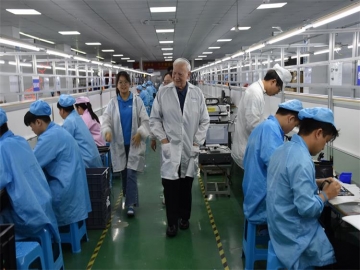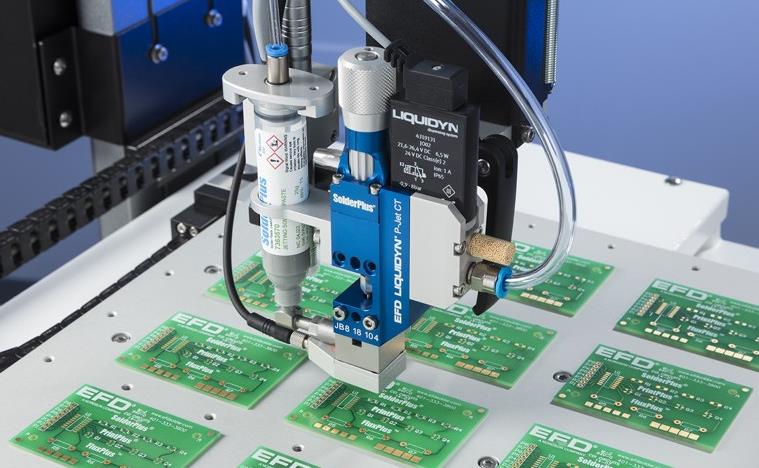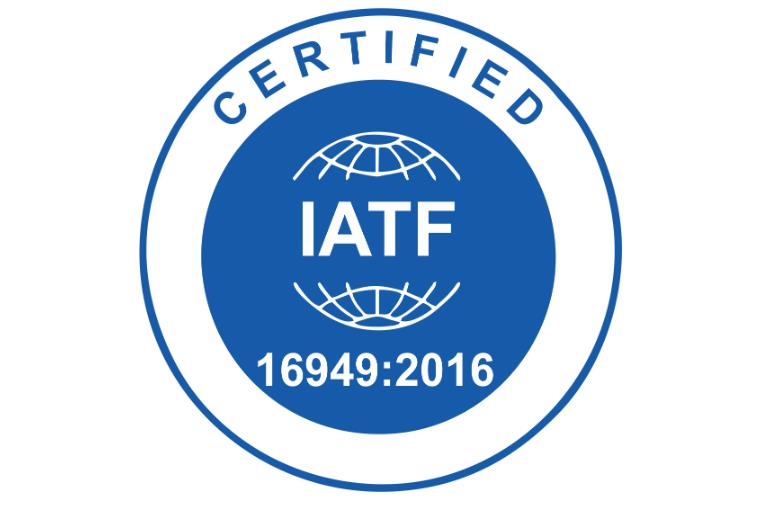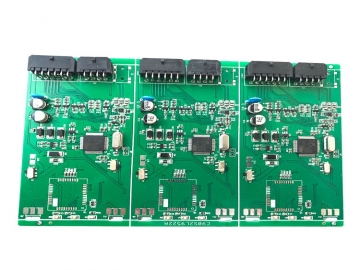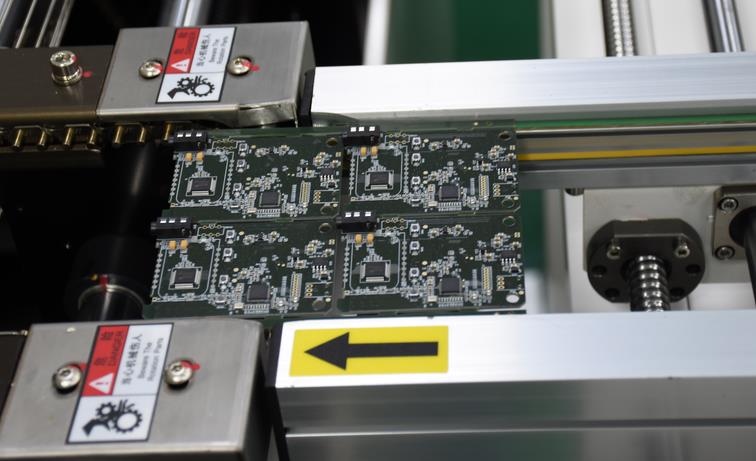How to Reduce the Cost of Flexible PCB Panelized Production?
To reduce the cost of flexible PCB (Printed Circuit Board) panelized production, several strategies can be employed. Here are some key approaches:
Optimize Design for Manufacturing (DFM): By designing flexible PCBs with manufacturing constraints in mind, you can minimize waste and simplify production processes. This includes using standard panel sizes, reducing the number of unique shapes and sizes within a panel, and ensuring efficient routing of traces and vias.
Material Selection: Choose cost-effective yet high-quality materials that meet your product's performance requirements. Compare prices and availability of different substrates, adhesives, and coverlays to find the most economical options.
Quantity Planning: Carefully plan production quantities to balance the cost savings of larger batches with the risks of overstocking or obsolete inventory. Analyze demand forecasts and lead times to determine optimal batch sizes.
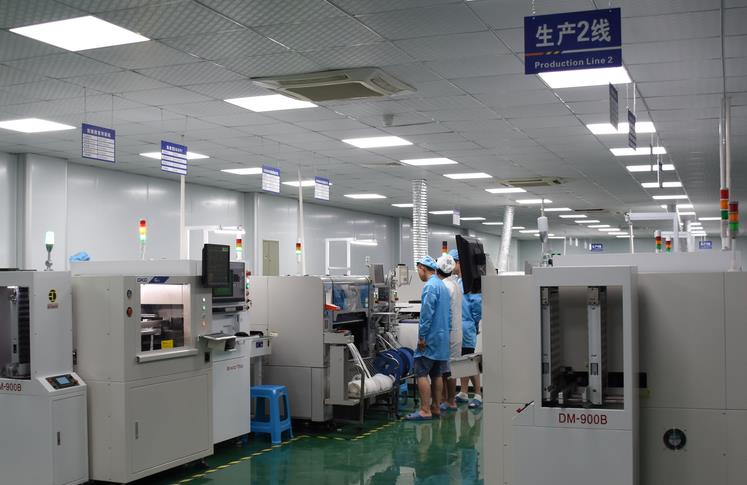
Automation and Technology Upgrades: Invest in automation and advanced manufacturing technologies that improve efficiency and reduce labor costs. Automated equipment for cutting, routing, and testing can significantly speed up production and reduce errors.
Lean Manufacturing Principles: Apply lean manufacturing principles to eliminate waste, streamline processes, and reduce cycle times. This includes identifying and eliminating non-value-added activities, improving flow, and reducing inventory.
Strategic Supplier Relationships: Develop long-term relationships with reliable suppliers who offer competitive pricing, consistent quality, and responsive service. Negotiate volume discounts and explore options for joint cost-saving initiatives.
Continuous Improvement and Quality Control: Implement a continuous improvement program to identify and address inefficiencies in the production process. Effective quality control measures can reduce scrap rates and rework, saving both time and money.
Reduce Waste and Scrap: Minimize material waste by optimizing panel layouts, using precision cutting tools, and implementing recycling programs for scrap materials. Regularly review and refine production processes to identify opportunities for waste reduction.
Offshore Production Consideration: Depending on your product's complexity and quality requirements, offshoring production to regions with lower labor costs can be a cost-effective option. However, this decision should be carefully evaluated to ensure quality control, timely delivery, and compliance with relevant regulations.
Bundling Orders: If possible, bundle orders for similar flexible PCB designs to take advantage of economies of scale in material procurement and production setup. This can lead to cost savings for both you and your supplier.
By implementing these strategies, you can effectively reduce the cost of flexible PCB panelized production while maintaining high-quality standards and responsiveness to market demands.
Tags: PCB /PCB_Panelized /Production /
Prev: Why Choose Small Batch PCBA Project?
Next: PCB and PCBA for IoT


